- Home
- Security
- Locks
- Keyed Padlocks Padlock Keys
- Keyed Different Padlocks
.....Read More
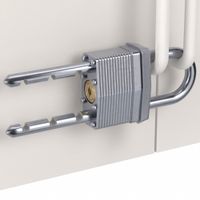
Keyed Different Adjustable Shackle Padlocks
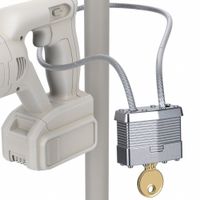
Keyed Different Flexible Shackle Padlocks
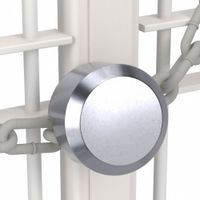
Keyed Different Hidden Shackle Padlocks
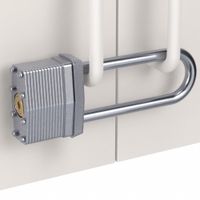
Keyed Different Long Shackle Padlocks
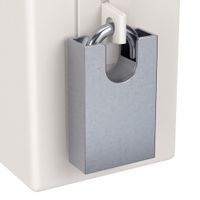
Keyed Different Partially Hidden Shackle Padlocks

Keyed Different Removable Shackle Padlocks
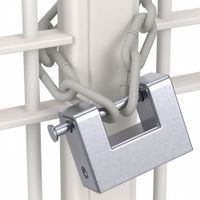
Keyed Different Shutter Shackle Padlocks
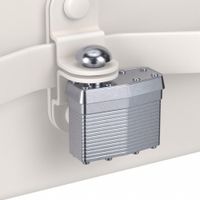
Keyed Different Single-Post Shackle Padlocks
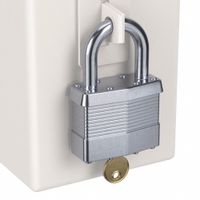
Keyed Different Standard Shackle Padlocks
Frequently Asked Questions
What is a keyed different padlock?
How does a keyed different padlock work?
What are the benefits of using keyed different padlocks?
How do I choose the right keyed different padlock for my needs?
Can keyed different padlocks be rekeyed?
What is the difference between keyed different and keyed alike padlocks?
How secure are keyed different padlocks compared to other types?